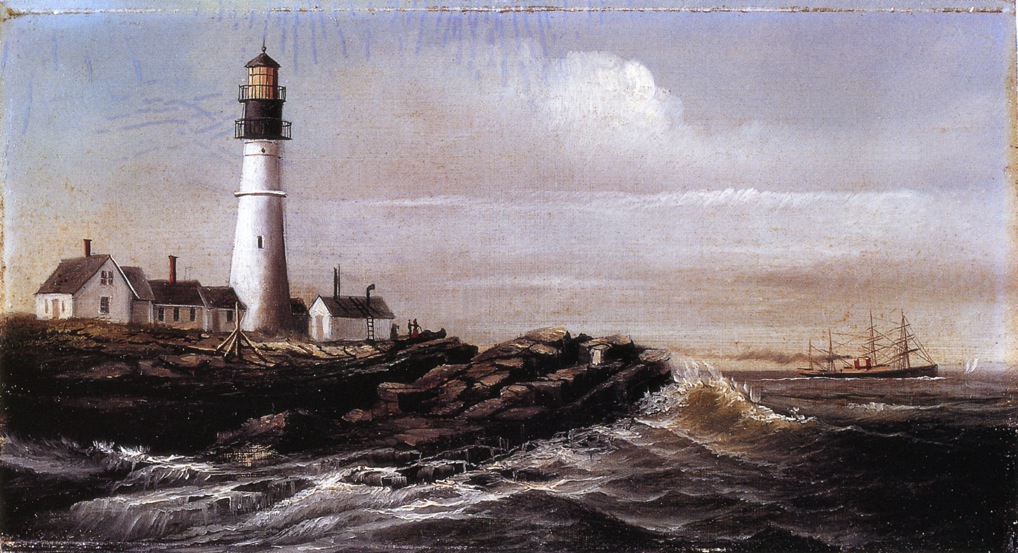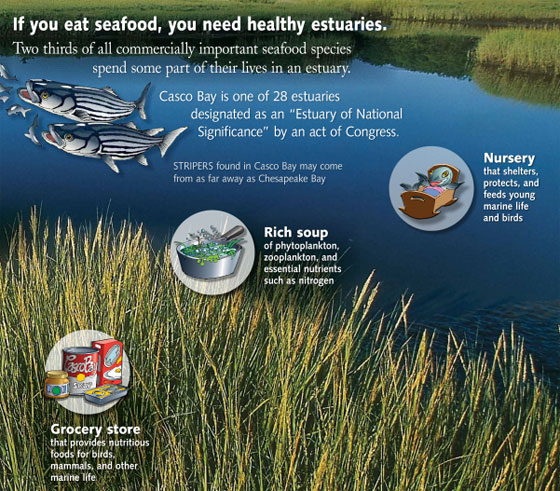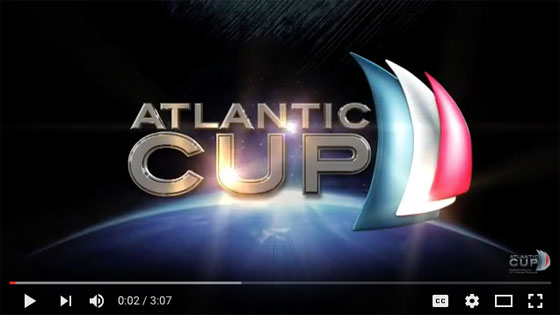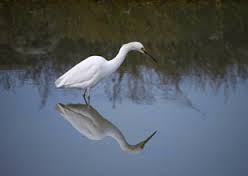 Portland, Maine is surrounded by legendary Casco Bay, which marks both the finish line of the second leg of the Atlantic Cup Sailing Race which began in Brooklyn, NY – and also the site the final two days of inshore course racing.
Portland, Maine is surrounded by legendary Casco Bay, which marks both the finish line of the second leg of the Atlantic Cup Sailing Race which began in Brooklyn, NY – and also the site the final two days of inshore course racing.
Portland is Maine’s largest metropolitan area and home to 25% of the state’s population. Casco Bay, the water around Portland is an estuary, defined as the tidal mouth of a river where fresh water streams of rivers mix with tidal waters of the ocean. Three major rivers, the Fore River, Royal River and Presumscott River along with many smaller streams are the sources which feed fresh water into the Casco Bay Estuary.
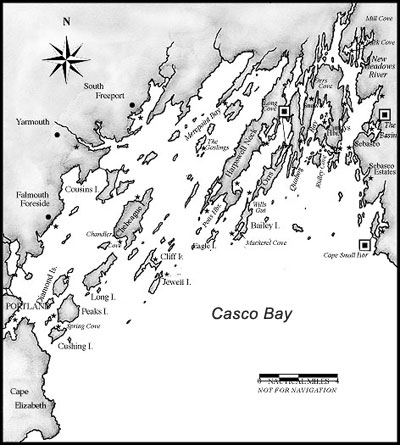 Bound by Cape Elizabeth, Cape Small and Half Way Rock, the entire watershed embraces 42 different local communities and is designated as one of 28 “Estuaries of National Significance.”
Bound by Cape Elizabeth, Cape Small and Half Way Rock, the entire watershed embraces 42 different local communities and is designated as one of 28 “Estuaries of National Significance.”
In 1631, the first English settlers arrived on the Portland Peninsula, which was called Machigonne by the indigenous peoples. 150 years later, George Washington commissioned the building of the Portland Lighthouse. To this day, the oldest lighthouse in Maine shines seaward 24 miles and guides sailors from all corners of the world, not the least of whom are the 2016 Atlantic Cup competitors who hail from Spain, Sweden, France, England and the United States.
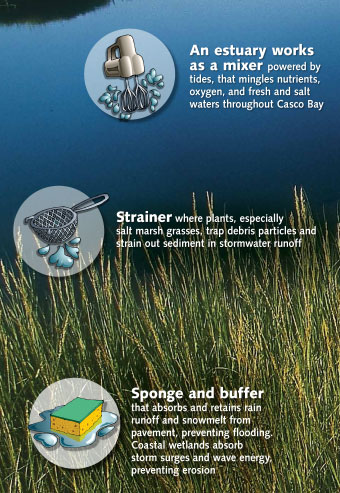 Atlantic Cup sailors know intimately how important ocean health is and the Casco Bay region is a prime example of an amazing, healthy cycle of diversity that coexists with the Atlantic Ocean. It is home to over 850 species of marine life from microscopic plants and animals to migrating birds, seals and pilot whales.
Atlantic Cup sailors know intimately how important ocean health is and the Casco Bay region is a prime example of an amazing, healthy cycle of diversity that coexists with the Atlantic Ocean. It is home to over 850 species of marine life from microscopic plants and animals to migrating birds, seals and pilot whales.
Because of this, these waters are known as the “Nursery of the Sea” – where baby marine animals can find shelter and food in the nutrient rich waters. In the spring, over 50 islands in Casco Bay provide shelter to over 150 species of water birds and their newly hatched young. Is it any wonder that I love it so.
For most of the 1800’s and 1900’s, there have been environmental pressures on the Casco Bay Region. Industries found the flowing rivers convenient for disposing their waste. Chemicals used for tanning horse hides to make leather, lead used in the canneries and metal foundries and the spillage of coal and gasoline all found their way into the water and still remain to this day in the soils of the river beds. Today, nitrates from farm fertilizers, storm water runoff, sewage and ocean acidification continue to pose threats to the health of the estuary.
 Fortunately, effective education initiatives and conscientious citizenship such as that practiced by the “BayKeepers” – who are part of an incredible group called “The Friends of Casco Bay.” Check out their site to learn more how they are working to tackle these challenges and help us all be better stewards of our environment.
Fortunately, effective education initiatives and conscientious citizenship such as that practiced by the “BayKeepers” – who are part of an incredible group called “The Friends of Casco Bay.” Check out their site to learn more how they are working to tackle these challenges and help us all be better stewards of our environment.
The beautiful Maine coast with its deep forests of spruce, pine, fir and many deciduous trees has long been a haven for summer visitors. The many island and granite shorelines provide beautiful landscapes for lobster dinners and clam bakes. Swift tides ranging from 12 feet to 30 feet constantly flush and wear away at the granite shoreline, cleansing the waters, and yet the ever-present pressure imposed by mankind continues to challenge the ocean’s natural ability to renew itself.
The Atlantic Cup Race, presented by 11th Hour Racing expends a significant effort to maintain a carbon neutral footprint through its recycling and sustainability practices, making it second to no one in the world of yacht racing and professional sports. Check out this video from 2013, when the whole sustainability issue in racing was first introduced.
We hope if you are there for the inshore leg of the race, that you will take notice of the powerful and beautiful Casco Bay that surrounds you.

